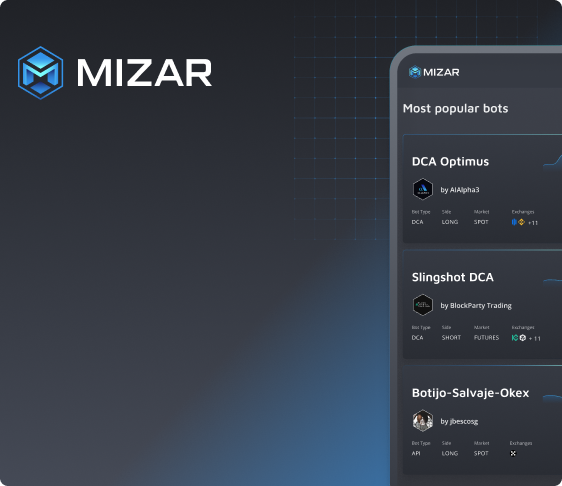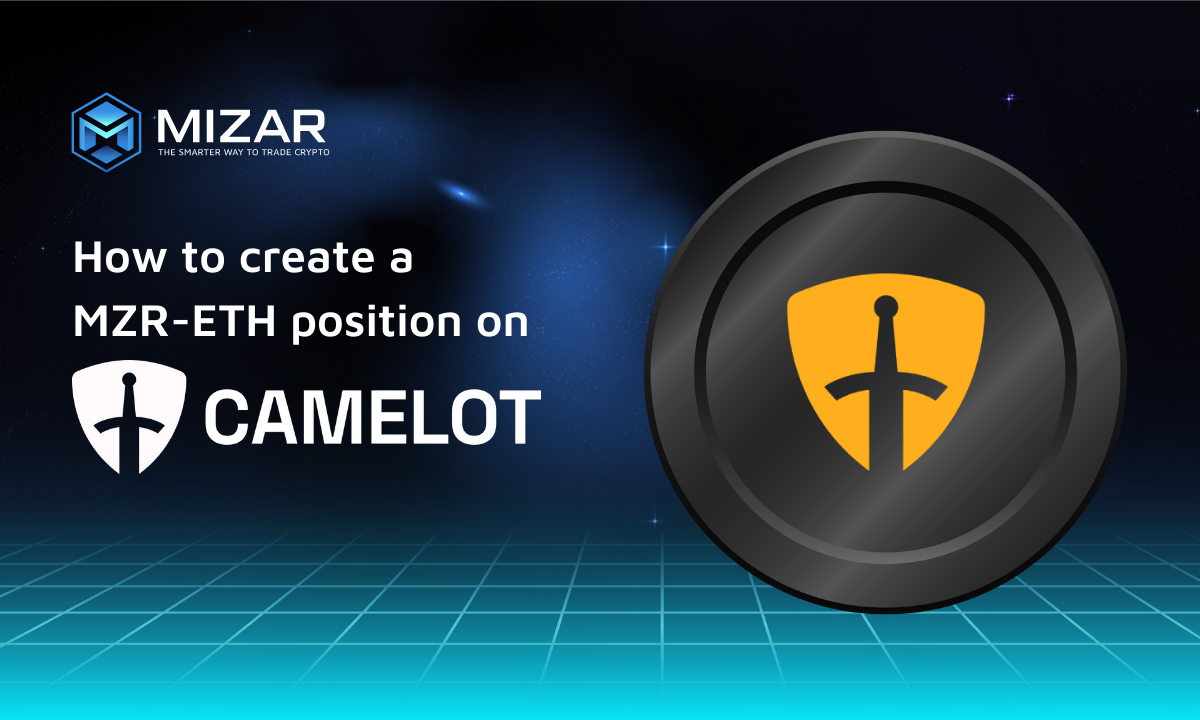Liquid Staking Crypto on Ethereum: A Comprehensive Guide

As the Ethereum network grows and changes, it offers exciting chances for those looking to use their assets in the rapidly growing world of decentralized finance, or DeFi. One of these opportunities is a process known as 'liquid staking'. This innovative method allows users to earn rewards by staking their Ether (ETH) while allowing them to use the same assets in DeFi protocols. In this discussion, we'll break down the workings of liquid staking, its benefits, and any potential challenges users might face.
Key Takeaways:
Liquid staking on Ethereum allows users to earn rewards by staking ETH while maintaining liquidity for participation in DeFi protocols.
Platforms like Lido provide solutions to the illiquidity issue of staked assets, offering tokenized representations such as stETH and rETH.
Lybra Finance offers an interest-bearing stablecoin, eUSD, through liquid staking derivatives, providing passive income opportunities and stability.
Peddle Finance enables users to buy assets at a discount by separating yield-bearing tokens into principal tokens (PT) and yield tokens (YT), allowing for dynamic yield management strategies.
What is Liquid Staking Crypto?
Liquid staking is a concept that was born out of the need to solve a key problem in the Proof-of-Stake (PoS) consensus mechanism: the illiquidity of staked assets. In the PoS model, participants 'stake' their cryptocurrency to support the network operations, such as validating transactions and maintaining security. These staked assets are often locked up for a certain period, creating an illiquidity issue for those who want to access their assets while staked.
Liquid staking solves this problem by allowing stakers to receive a tokenized representation of their staked assets, which can be traded or used in DeFi protocols / liquid staking services like Lybra Finance, Pendle Finance, and many more. In the context of Ethereum, these tokens are known as 'stETH' (staked ETH).
How Does Liquid Staking Work on Ethereum?
With the launch of Ethereum 2.0, the network transitioned from a Proof-of-Work (PoW) model to a PoS model. This transition opened up the opportunity for ETH holders to stake their coins and earn rewards. However, staking ETH in the Ethereum 2.0 protocol involves locking up the assets until certain network upgrades are completed, which could take years.
Liquid staking platforms, like Lido and Rocket Pool, emerged to address this issue. When investors stake their ETH on these platforms, they receive an equivalent amount of stETH or rETH (Rocket Pool's version of staked ETH). These tokens are liquid and can be used within the DeFi ecosystem while the original ETH is staked.
Benefits and Risks of Liquid Staking
There are several benefits of liquid staking. Firstly, it provides liquidity to stakers, allowing them to participate in DeFi activities without un-staking their assets. Secondly, it democratizes the staking process by removing the need for technical knowledge or substantial capital, often barriers to entry in traditional staking models.
However, it's not without risks. There are smart contract risks in bugs or exploits in the liquid staking platform, which could result in loss of funds. Additionally, liquid staking tokens like stETH and rETH may not always maintain a 1:1 peg with the price of ETH, causing potential pricing risk.
Lido Finance: Liquid Staking with Tokenized Assets
Lido is a leading DeFi protocol that enables liquid staking on Ethereum by providing tokenized representations of staked assets. Users can deposit Ether (ETH) into Lido and receive stETH tokens in return, which represent their stake in the Ethereum 2.0 network. These stETH tokens are liquid and can be used in various liquid staking protocols or traded freely.
By utilizing Lido, users can earn staking rewards while maintaining the flexibility to access their assets and participate in the vibrant DeFi ecosystem. Lido takes care of the technical complexities and risks associated with staking, making it accessible to a broader audience.
Benefits of staking with Lido include earning a passive income through staking rewards, participating in DeFi activities without the need to unstake, and benefiting from the security and decentralization of the Ethereum network.
Lido operates with a decentralized governance model where LDO token holders have voting rights, ensuring transparency and community-driven decision-making.
With Lido liquid staking, users can unlock the full potential of their ETH, combining the benefits of staking rewards with the liquidity needed for active participation in the DeFi ecosystem.
Lybra Finance: Liquid staking derivatives and stablecoin minting
Lybra Finance is a DeFi protocol offering an interest-bearing stablecoin, eUSD, by using a unique approach to liquid staking derivatives. Users deposit Ether (ETH) or staked Ether (stETH) as collateral and can then mint eUSD against it without any fees or borrowing interest. eUSD can be held to earn an APY of around 7.2% or used in other DeFi protocols.
The interest in eUSD comes from the protocol's interaction with stETH and Liquidity Staking Derivatives (LSD). The yield earned from staking on the Ethereum 2.0 network is converted back into eUSD, providing a stable interest.
There are several ways to earn with Lybra Finance, including depositing ETH and minting eUSD to earn yield and rewards, providing eUSD/ETH liquidity to earn LBR tokens, holding LBR to share in protocol revenue, or becoming a Liquidator or Liquidation Keeper to earn ETH.
The Lybra DAO, managed by LBR token holders, governs the protocol to ensure alignment with user interests. Lybra Finance offers a combination of stability and opportunity in the volatile crypto market, appealing to those who value decentralization, stability, and potential for passive income.
Pendle Finance: Buy assets at a discount
Pendle Finance is a decentralized finance (DeFi) protocol built on the Ethereum blockchain, enabling users to trade and manage yield. The protocol separates yield-bearing tokens into principal tokens (PT) and yield tokens (YT), akin to zero-coupon bonds and coupon payments in traditional finance, respectively. This separation facilitates a variety of yield management strategies, including going long on yield, hedging yield exposure, or a combination of different approaches.
Pendle allows users to buy assets at a discount by splitting the yield from yield-bearing assets, potentially leading to better prices than traditional exchanges. The protocol supports a wide array of assets and boasts cross-chain compatibility.
During bullish market conditions, users can enhance their yield exposure, while during bearish conditions, they can hedge against yield downturns. This dynamic yield strategy adjustment based on market conditions is a unique feature of the Pendle protocol. However, users are advised to conduct thorough research and understand the platform's specifics and associated risks before investing.
Conclusion
Liquid staking is a compelling development in the Ethereum and broader DeFi ecosystem, providing a unique blend of earning potential and liquidity. As with any financial decision, it's important to thoroughly research and understand the risks involved before participating in liquid staking.
Remember, the world of DeFi and cryptocurrency is constantly evolving, so staying informed is crucial to effectively navigate this exciting landscape. So keep following Mizar for more updates on the hottest crypto topics.


